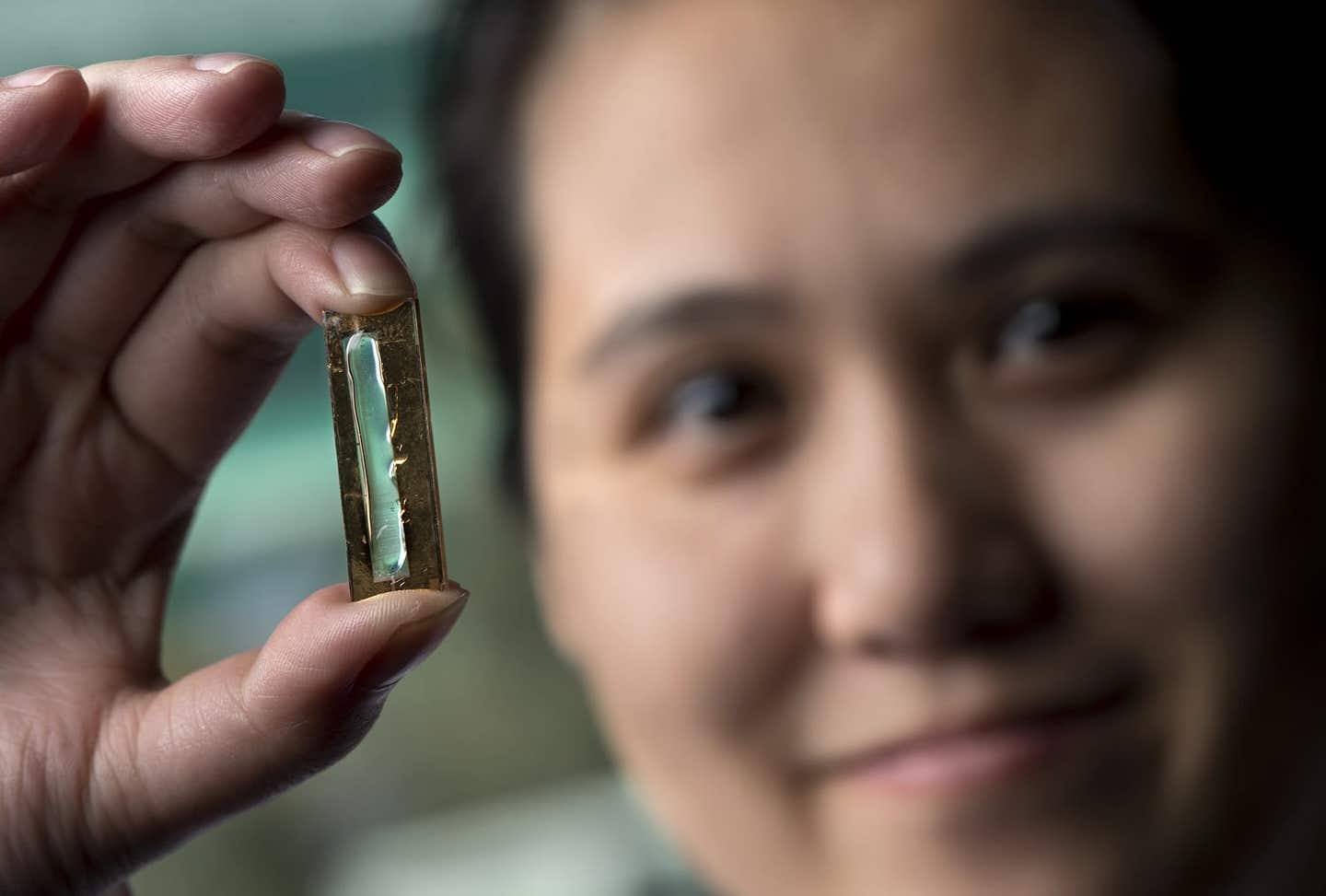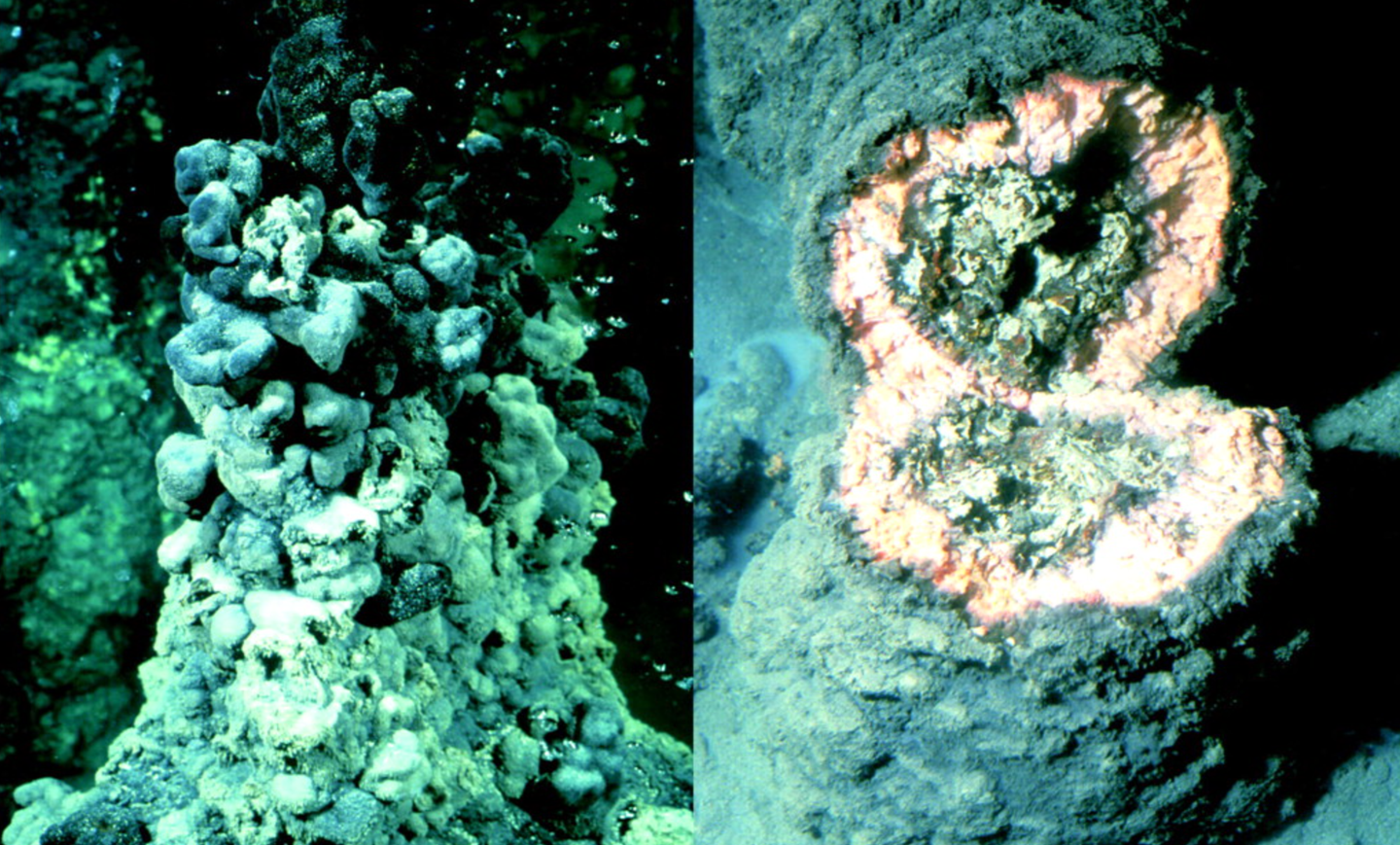First-ever nanowire-based electrode could lead to batteries that never require replacement
This remarkable breakthrough promises to revolutionize the longevity of batteries in devices such as computers, smartphones and cars.

[Dec. 26, 2023: JD Shavit, The Brighter Side of News]
This remarkable breakthrough promises to revolutionize the longevity of batteries in devices such as computers, smartphones and cars. (CREDIT: UCI)
In a groundbreaking achievement, researchers at the University of California, Irvine (UCI) have ushered in a new era of battery technology with the invention of a nanowire-based electrode that can be recharged hundreds of thousands of times, potentially eliminating the need for battery replacements in various applications.
This remarkable breakthrough promises to revolutionize the longevity of batteries in devices such as computers, smartphones, appliances, cars, and even spacecraft, significantly extending their operational lifespans.
For years, scientists have been exploring the potential of nanowires in battery technology. These nanowires, thousands of times thinner than a human hair, exhibit exceptional conductivity and boast a vast surface area, ideal for the efficient storage and transfer of electrons.
However, the Achilles' heel of these microscopic filaments has been their fragility, making them susceptible to deterioration during the charging and discharging cycles typical of batteries. In conventional lithium-ion batteries, nanowires tend to expand and become brittle, leading to eventual cracking and diminished performance.
Related Stories
The ingenious solution to this conundrum emerged from the laboratories of UCI, where researchers devised a strategy to encase a gold nanowire within a protective shell made of manganese dioxide.
This nanowire-core was then enveloped in an electrolyte composed of a Plexiglas-like gel, creating a robust and resilient assembly. The combination of materials not only addresses the fragility issue but also paves the way for exceptionally durable batteries.
Mya Le Thai, a doctoral candidate at UCI and the lead researcher behind this transformative project, conducted extensive testing on the newly developed electrode. Over the course of three months, Thai cycled the electrode an astonishing 200,000 times, all without detecting any loss of capacity or power and, most notably, without a single nanowire fracture. These groundbreaking findings have been documented in the prestigious American Chemical Society's Energy Letters.
Working in UCI chemist Reginald Penner’s lab, doctoral candidate Mya Le Thai is doing further research on the battery recharging technology to better understand the properties of the manganese dioxide materials. (CREDIT: Steve Zylius / UCI)
Reflecting on the discovery, senior author Reginald Penner, who chairs UCI's chemistry department, expressed that a combination of diligence and serendipity had played a pivotal role in the project's success. Thai had initially applied a very thin layer of gel to the electrode on a whim, which turned out to be the catalyst for the breakthrough. Penner explained, "She discovered that just by using this gel, she could cycle it hundreds of thousands of times without losing any capacity. That was crazy because these things typically die in dramatic fashion after 5,000 or 6,000 or 7,000 cycles at most."
The researchers hypothesize that the gel acts as a plasticizer for the metal oxide within the battery, imparting flexibility and preventing the dreaded cracking that typically occurs in nanowires during cycling. Thai remarked, "The coated electrode holds its shape much better, making it a more reliable option. This research proves that a nanowire-based battery electrode can have a long lifetime and that we can make these kinds of batteries a reality."
Process flow for the fabrication by LPNE of Au@δ-MnO2 core@shell nanowire array with gold contacts and PMMA gel electrolyte. (CREDIT: American Chemical Society's Energy Letters)
While this achievement marks a significant milestone, Penner's team remains dedicated to further advancing the technology. Ongoing studies are now focused on gaining a deeper understanding of the manganese dioxide material. Penner elucidated, "Mya's doing a bunch of studies now to try to get a better idea of what's going on with the manganese dioxide material. We know the gel prevents it from breaking up into chunks, but we don't know if what's left over is different from the material that would be there without the gel. That's a difficult question, and Mya has been working really hard to answer it."
The research conducted at UCI was a collaborative effort, conducted in conjunction with the Nanostructures for Electrical Energy Storage Energy Frontier Research Center at the University of Maryland. Funding for this groundbreaking work was generously provided by the Basic Energy Sciences division of the U.S. Department of Energy.
The potential applications of this innovative nanowire-based electrode are vast and promising. From powering our everyday devices to enabling the next generation of electric vehicles and spacecraft, the implications are transformative. Battery life, a ubiquitous concern in modern technology, may soon become a thing of the past.
As these researchers continue to push the boundaries of what's possible in the realm of battery technology, the prospect of devices that never require a battery replacement grows closer to becoming a reality.
This breakthrough not only signifies a leap forward in battery longevity but also holds the promise of reducing electronic waste and contributing to a more sustainable future. The day when our devices can keep running indefinitely on a single battery may not be too far away, thanks to the remarkable work of the scientists at UCI.
For more science news stories check out our New Innovations section at The Brighter Side of News.
Note: Materials provided above by The Brighter Side of News. Content may be edited for style and length.
Like these kind of feel good stories? Get the Brighter Side of News' newsletter.



